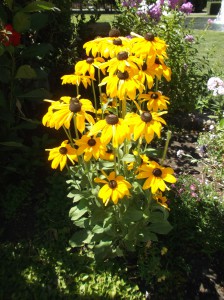If you’re into writing historical fiction like I am, you will find the following link helpful. The post by Chuck Sambuchino on the Writer’s Digest Guide to Literary Agents blog, “5 Ways to Take Your Readers Back in Time: The Importance of Historical Research,” (I know, I know, long title), points out the following: (1) A passion for the period, (2) Complete immersion, (3) Homework before Play, (4) On writing-Brit-speak (if you are doing English research), (5) Real people. Very helpful advice.
My own historical fiction, which I have finished and am shopping around, takes place in Southwest Texas around the late 1938’s. I’ve done a lot of research on my topic, which was both fascinating and enjoyable. While researching, I found it easy to stray away from my subject when I discovered other stories that would also make good novels. Maybe I’ll come back to those later. Not cool to not stay focused.
And it’s close to that time of year again. Yes—income tax time. Another helpful Writer’s Digest blog, “What Writing Expenses Are Tax Deductible?” by Brian Klems will help you sort all those writing expenses you incurred during 2014. It’s gotta be done, my friend.
“Although there are no set rules on length, a short-short story usually runs 500-1500 words, a short story is 2,000-7,000, a long story is 8,000-15,000, and a novella is 20,000-50,000.” — Writer’s Digest Weekly Planner

